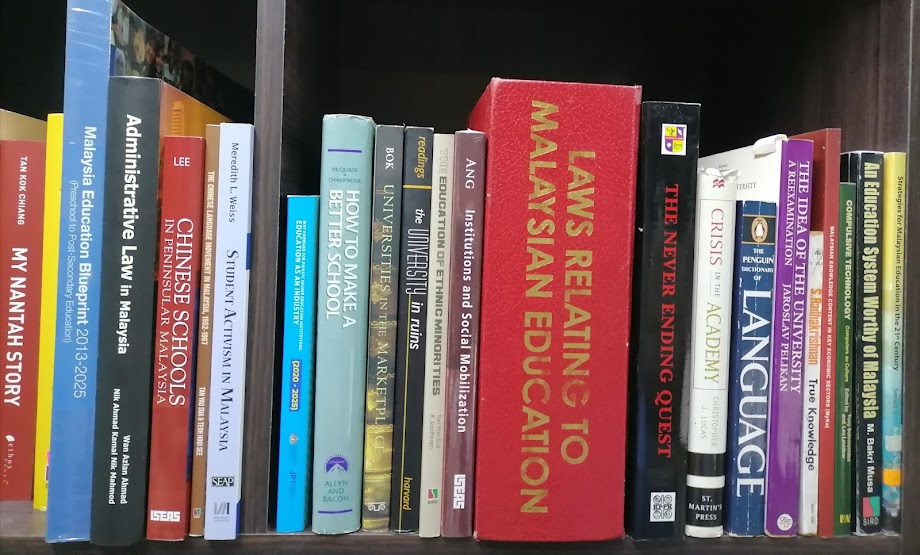The recent reports of bullying of medical interns in Penang and the tragic consequences that followed must force authorities to examine afresh the criminal conduct of ragging that is passed off as an acceptable social ritual. Not long before the Penang case, there was the case of a naval cadet from a local university who died of injuries allegedly from ragging by other cadets. Sadly, these are not the only instances of reported cases of ragging and bullying ending in physical injuries and death.
Racist underpinnings
Whenever these serious offences come to light, colleagues of
the victims reveal the existence of a widespread practice of the kind of
conduct that led to the tragedies. Additionally, the Penang case suggests
disturbing trends of complicity by individuals in authority and racist
underpinning in the conduct that caused the death.
The situation calls for a closer and more honest examination
of the circumstances that led to these tragedies than has been the case until
now. If the allegations of racism and the role it played in the death of the
medical intern have even a semblance of truth, there is a need for the
authorities in charge of institutions like universities and hospitals to deal
with the matter urgently.
Politeness and a generally accommodating, non-confrontational
attitude that shapes our community have allowed our public institutions to be managed
on ethnically divided streams. Officials
in charge of internships are insensitive or indifferent to the fears and
uncertainties of those being initiated into the profession. Discriminatory
treatment and exclusion, some of the reported causes of the tragedy in the Penang
case, may force those who are going through a critical phase in their lives into
hopelessness and despair.
A two-pronged
approach to ragging
A two-pronged remedial measure must be put in place. The
first step must be to ban ragging in all its forms in all educational
institutions and training hospitals and facilities such as hostels. A perusal
of some of the disciplinary regulations of public universities does not reveal
any provisions against ragging. Neither are there any such provisions in the
Educational Institutions (Discipline) Act 1976 which applies to all public
higher education institutions other than public universities. The Universities
and University Colleges Act 1971, under whose provisions, public universities
are established deals extensively with the activities of students, student
organizations, and groups but nothing in those provisions deals with ragging.
Private Universities and Colleges are regulated by the
Private Higher Educational Institutions Act 1996 (Act 555). The regulation of
the discipline and conduct of students in these institutions under Part VIII of
Act 555 does not contain any provisions that deal with ragging. Act 555
empowers institutions established under its provisions to make their own
student disciplinary rules but there are no guidelines issued by the regulatory
bodies as to what has to be included in them.
The most effective means to ban ragging would be to
introduce provisions in the above regulations and laws to expressly ban ragging
in higher education institutions. However, students and others exposed to
ragging will have a greater degree of protection if the prohibition is
accompanied by proactive measures by the institutions to advise, counsel, and
monitor the problem within the institutions. The counselling must be extended
to those managing internship programmes.
The armed forces are another area where serious attention
must be given to ragging.
The Ethnic Issue
Whilst banning ragging is important, the more difficult
problem lies in dealing with the racial overtones of some of the reported practices
that are associated with ragging. It is not only the physical and psychological
abuse by peers that must be considered but also the practices of officials and
mentors that raise fear or apprehension in an individual because of the
differential treatment and exclusion.
Laws alone will not deal with this aspect of the ragging
problem. Clear steps must be initiated by the governors of institutions, the
professoriate, and the professional bodies to be vigilant against
discrimination and differential treatment of those, especially freshmen and
interns, to whom they have a responsibility to train or initiate. Leaders of
the institutions involved must introduce measures in their organizations to
ensure that institutional practices and individual idiosyncrasies do not drive
those who are assigned to them to be mentored to resort to the kind of desperate
acts that are reported.





